
Self-Hosting Nextcloud: Your Private Cloud Solution
Control your data with self-hosted Nextcloud cloud storage
Nextcloud is the leading open-source, self-hosted cloud storage and collaboration platform that puts you in complete control of your data.

Control your data with self-hosted Nextcloud cloud storage
Nextcloud is the leading open-source, self-hosted cloud storage and collaboration platform that puts you in complete control of your data.

Your photos on self-hosted AI-powered backup
Immich is a revolutionary open-source, self-hosted photo and video management solution that gives you complete control over your memories. With features rivaling Google Photos - including AI-powered facial recognition, smart search, and automatic mobile backup - all while keeping your data private and secure on your own server.

Elasticsearch commands for search, indexing & analytics
Elasticsearch is a powerful distributed search and analytics engine built on Apache Lucene. This comprehensive cheatsheet covers essential commands, best practices, and quick references for working with Elasticsearch clusters.

Quick reference for Docker Model Runner commands
Docker Model Runner (DMR) is Docker’s official solution for running AI models locally, introduced in April 2025. This cheatsheet provides a quick reference for all essential commands, configurations, and best practices.
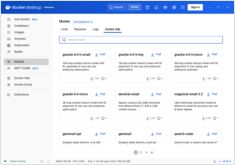
Compare Docker Model Runner and Ollama for local LLM
Running large language models (LLMs) locally has become increasingly popular for privacy, cost control, and offline capabilities. The landscape shifted significantly in April 2025 when Docker introduced Docker Model Runner (DMR), its official solution for AI model deployment.

Deploy production-ready service mesh - Istio vs Linkerd
Discover how to implement and optimize service mesh architectures using Istio and Linkerd. This guide covers deployment strategies, performance comparisons, security configurations, and best practices for production environments.

Simple VM management for Linux with GNOME Boxes
In today’s computing landscape, virtualization has become essential for development, testing, and running multiple operating systems. For Linux users seeking a simple, intuitive way to manage virtual machines, GNOME Boxes stands out as a lightweight and user-friendly option that prioritizes ease of use without sacrificing functionality.

Multipass installation, setup, and essential commands
Multipass is a lightweight virtual machine manager that makes it easy to create and manage Ubuntu cloud instances on Linux, Windows, and macOS.

Gemini-a lightweight and secure alternative to the web
The Gemini protocol represents a return to the fundamentals of internet communication-a lightweight, secure, and privacy-respecting alternative to the increasingly complex modern web.
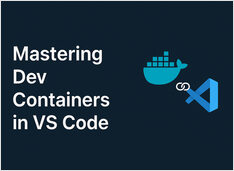
Create consistent, portable, and reproducible development environments using Dev Containers
Developers often face the “works on my machine” dilemma due to dependency mismatches, tool versions, or OS differences. Dev Containers in Visual Studio Code (VS Code) solve this elegantly — by letting you develop inside a containerized environment configured specifically for your project.
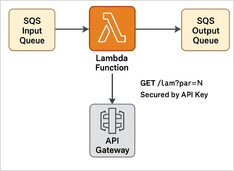
Step-by-step example
Here we have a Python Lambda example of SQS Message Processor + REST API with API Key Protection + Terraform script to deploy it for serverless execution.
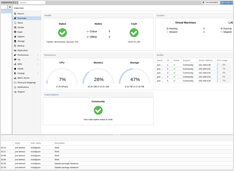
What is Proxmox?
Proxmox Virtual Environment (Proxmox VE) is an open-source, type-1 hypervisor and datacenter orchestration platform built on Debian.
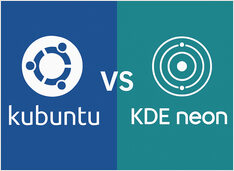
Tried both Kubuntu and KDE Neon, Kubuntu is more stable.
For KDE Plasma fans, two Linux distributions frequently come up in discussion: Kubuntu and KDE Neon. They may appear similar - both ship with KDE Plasma as the default desktop, both are based on Ubuntu, and both are friendly to newcomers.

Notes on configuring static IP in Linux
This guide will walk you through the process of changing the static IP address on an Ubuntu Server.

Little list of applications for GPU load monitoring
GPU load monitoring applications: nvidia-smi vs nvtop vs nvitop vs KDE plasma systemmonitor.
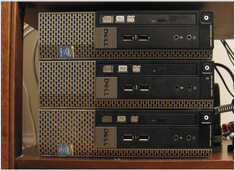
Installing little k3s kubernetes on homelab cluster
Here’s a step-by-step walkthrough of installation of a 3-node K3s cluster on bare-metal servers (1 master + 2 workers).